ITALIAN VERNACULAR CINEMA
"Film is not the art of scholars, but of illiterates" - Werner Herzog
Fellini is taken seriously as an 'auteur'
* Comments on the superficiality of middle class existence
* Films are associated with style and sophistication
* Seen as worthy of critical appraisal
La Dolce Vita (1960) Fellini
Famous Trevi Fountain Scene
8 1/2 (1963) Fellini
Famous dream sequence
Italian cinema was about:
audiences
Historical and social context
economics
"A forkful of westerns: industry, audiences and the italisan western," - Christopher Wagstaff
- Prima visione and Seconda visione - cinemas that attracted middle class sophisticated audiences. Usually in major cities and the audience selected films to watch.
- Terza visione - less populated areas, not just in major cities. Cheaper tickets, more of a working class feel. Audience went to watch a film out of habit rather than a more artistic kinda appreciation where they make an informed decision and select a film. Films were more formulaic and designed to be popular. Similar to how we have blockbusters now that are abit crap like Twilight - designed for the masses to eat up.
Italian working classed in the 70s:
- Went to cinema pretty much every night so the italian film industry needed alot of films to keep up
- Appreciated the art of cinema
- Conventions of watching film are different
- People used to talk, and eat and drink during the film - a more social experience?
- People entered at random times like half way through a film
- Very social environment
Wagstaff said terza visione was more like a tv audience, who go to the cinema after dinner and working hours to relax and wind down, arriving without respect to the start times and kind of in auto-pilot mode so they needed something less abstract and deep and something more in your face. In some churches mass was conducted in a similar way too.
Filone
An italian word, meaning similar to 'genre'
Based on idea of geology, layers of veins within a larger layer
Example of filone are:
- Giallo - films based on detective novels
- Spaghetti Westerns
- Mondo/Cannibal films
- Poliziottesco - police procedural
The Good, The Bad and The Ugly 1966 - Directed by Sergio Leone
(Actually love this film.)
Really cool scene from it, the music is incredibly important to the scene.
- Use of sound
- Use of music, Ennio Morricone was incredibly important to Leone's The Man With No Name trilogy, his music did half the work.
- Lack of dialogue
- Use of eye line and cutting
- Differences in scale
- Use of camera to tell a story
- Fragmentation of body
- Catholic references
Focus on Giallo
- Italian for "yellow"
- stems from cheap paperback crime novels which had yellow covers
Notable Giallo Directors
- Dario Argento
- Lucio Fulci
- Mario Bava
- The films were stylish and expressionistic
- Exploitation movies
- Similar to American grindhouse
- Wonderful and creative titles used to sell the concept
House by the Cemetry by Lucio Fulci
Shock by Mario Bava
- Don't Torture a Duckling - Lucio Fulci
- Death Walks on High Heels - Luciano Ercoli
- (more in lecture powerpoint)
Names similar to the kind of taglines and titles grindhouse movies of the 70s had, directors like Tarantino are modern day examples of a similar style.
The Girl Who Knew Too Much by Mario Bava (1963) was one of the first genre defining Giallo films
Protagonists tend to be:
- Working in the creative industries such as fashion, music, photographers etc - quite a glamorous feel toi t
- Cosmopolitan 'jet set' lifestyle
- Usually American or British, visiting Italy
Killers in Giallo movies:
- Black gloves
- Black hat
- In disguise
- Gender disguised
- Black overcoat
- Priests often used as part of gender confusion, the strong influence of religion again
Blood and Lace
Dario Argento
- The Italian Hitchcock
- Places himself in the film, as the killers gloved hand
- Visually stunning set pieces
- Shot without sound, the films were dubbed
- Worked with Sergio Leone on Once Upon A Time In The West
- His influence can be seen in the famous opening scene..
The Bird with the Crystal Plumage (Dario Argento, 1970)
- Jet set lifestyle
- Protagonist is an American writer
- Changing POV's High birds eye view camera shots
- Connections to art, an appreciation of art
- Fast cutting using eye-line shots
- Run of the mill dialogue joins the setpieces together, like a musical
- Argento always plays the killers hands, a signature in the film like Hitchcocks appearance
- Killers look abit like Rorschach in Watchmen by Alan Moore
- Story told visually
- Hitchcock references with voyeurism and shots of the eye looking through a 'hole'
- Solution of the mystery is within a piece of art
- Stylish disorientating POVs
- Ending mirrors the beginning, revisiting a scene right from the start
- Use of Killer cams, just like Hitchcock
- Set Pieces
- Art and cultural references
- Appearance by director
- Ambivalence towards modernity, religion and superstition
- Semiotics, visual stimuli
Dubbing and heightened sound
- Like Leone, Argento shot his films without sound and then added dialogue and sound effects afterwards for the desired effect
- Allows easier dub for many different languages
- Often sold to America and Britian as B-Movies
Freudian Psychology
- Many giallo are read in a psychoanalytical point of view
- Based on false memory
- Themes of eroticism and fetishism
- Solution of mystery lies in art
Works of art in gialli are very important to the film, and provide info on the past and present of the antagonist.
Are exploitation films worthy of examination
- Well yeah, isn't pretty much anything?
- Innovation and auteurship
- Necessity is the mother of invention
- Technical mastery
- Visual critique is based on spectacle rather than literary critique based on narrative
- Tell us about different kinds of audiences
- Challenged Hollywood's continuity cinema
Is vernacular films dead?
- Going to cinema is a special event
- Cinema tickets are expensive
- DVD and digital formats mean audiences can watch at home or on the move
- Social aspects of watching the film
- Often become cult classics because of word of mouth and dvd's etc
Examples of American/Canadian Giallo:
- Black Swan - Darren Aronofsky, 2010
- Death Proof - Quentin Tarantino, 2007
- Dressed To KIll - Brian De Palma, 1980
- Halloween - John Carpenter, 1978
- Black Christmas - Bob Clarke, 1974
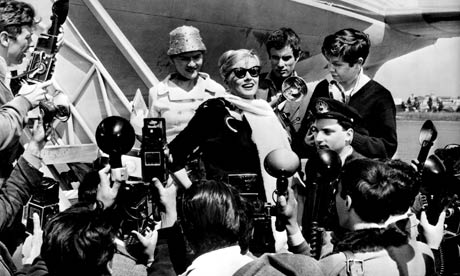


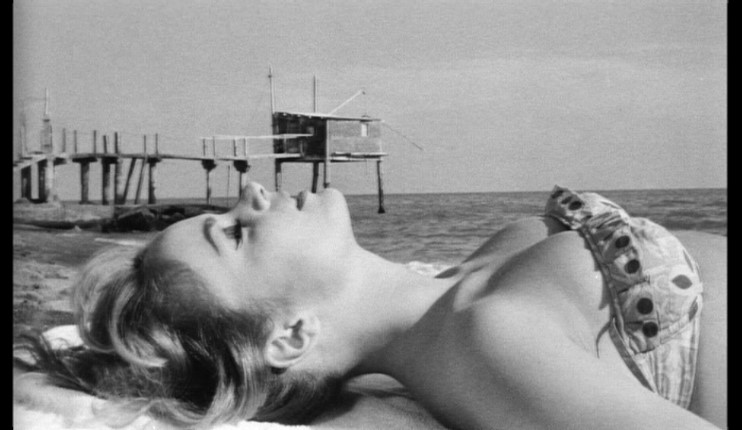


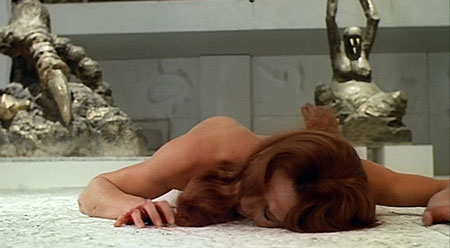



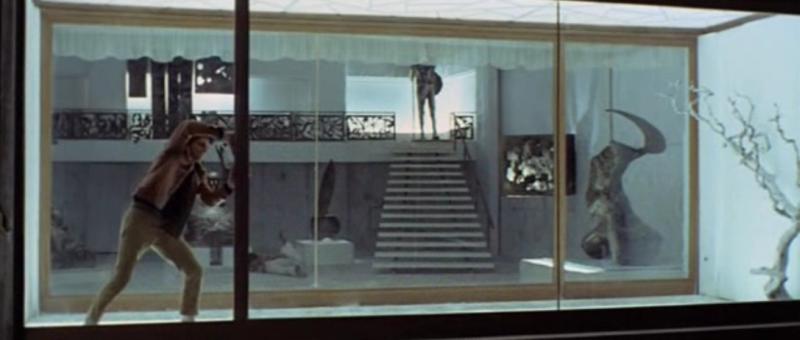
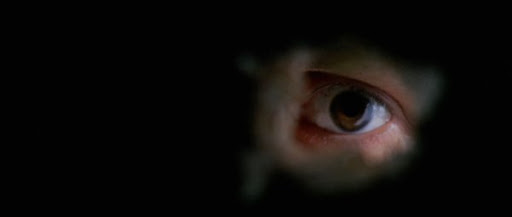


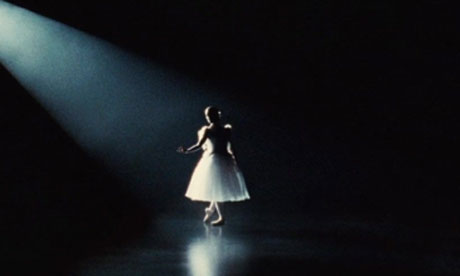



No comments:
Post a Comment